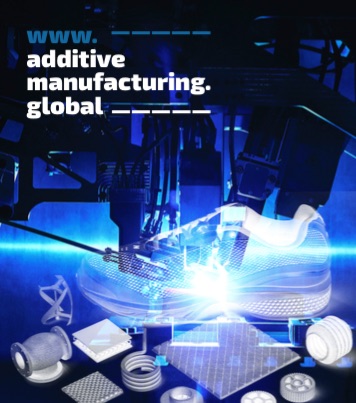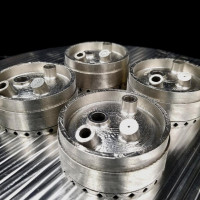 Launcher depends on Velo3D to 3D print complex rocket components for low-cost, small satellite delivery systems
Launcher depends on Velo3D to 3D print complex rocket components for low-cost, small satellite delivery systems
Humankind launched the first orbital satellite in October of 1957. Sixty-five years later, more than 5,000 satellites are in service, with roughly half of them placed into low earth orbit (LEO) over the past two years. Much but not all of this activity comes courtesy of entrepreneur Elon Musk, whose SpaceX-launched satellite internet constellation Starlink will soon account for at least half of the objects circling our planet.


 The aviation industry is facing profound changes. Sustainability is also determining future planning here. In the course of decarbonising air traffic, hydrogen engines are increasingly coming into focus. And thanks to technological advances, urban, electric aviation is no longer a vision of the future.
The aviation industry is facing profound changes. Sustainability is also determining future planning here. In the course of decarbonising air traffic, hydrogen engines are increasingly coming into focus. And thanks to technological advances, urban, electric aviation is no longer a vision of the future.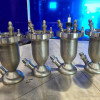 Launcher depends on Velo3D to 3D print complex rocket components for low-cost, small satellite delivery systems
Launcher depends on Velo3D to 3D print complex rocket components for low-cost, small satellite delivery systems As metal additive technology continues to gain momentum in the design and industrial production of new aerospace components, GE Aviation’s Loyang facility is the first maintenance, repair and overhaul (MRO) facility worldwide that has been approved to use metal additive manufacturing for commercial jet engine component repairs.
As metal additive technology continues to gain momentum in the design and industrial production of new aerospace components, GE Aviation’s Loyang facility is the first maintenance, repair and overhaul (MRO) facility worldwide that has been approved to use metal additive manufacturing for commercial jet engine component repairs.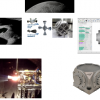 Aerojet Rocketdyne uses metal 3D printing technology from Velo3D to make a critical flight component lighter, smaller, and much less expensive than its predecessors
Aerojet Rocketdyne uses metal 3D printing technology from Velo3D to make a critical flight component lighter, smaller, and much less expensive than its predecessors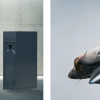 Solution has potential to Reduce Costs by 80% and Save $10s of Millions Annually
Solution has potential to Reduce Costs by 80% and Save $10s of Millions Annually NASA-developed GRCop-42 alloy delivers the conductivity of copper with high strength for aerospace applications, such as rocket engine combustion chambers
NASA-developed GRCop-42 alloy delivers the conductivity of copper with high strength for aerospace applications, such as rocket engine combustion chambers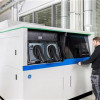 As metal additive technology continues to gain momentum in the design and industrial production of new aerospace components, GE Aviation’s Loyang facility is the first maintenance, repair and overhaul (MRO) facility worldwide that has been approved to use metal additive manufacturing for commercial jet engine component repairs.
As metal additive technology continues to gain momentum in the design and industrial production of new aerospace components, GE Aviation’s Loyang facility is the first maintenance, repair and overhaul (MRO) facility worldwide that has been approved to use metal additive manufacturing for commercial jet engine component repairs.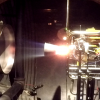 Aerojet Rocketdyne uses metal 3D printing technology from Velo3D to make a critical flight component lighter, smaller, and much less expensive than its predecessors
Aerojet Rocketdyne uses metal 3D printing technology from Velo3D to make a critical flight component lighter, smaller, and much less expensive than its predecessors Report made public by Metropolitan State University of Denver delivers qualification data for Antero® 840CN03 for additively manufactured end-use parts requiring high thermal and chemical resistance, and ESD properties
Report made public by Metropolitan State University of Denver delivers qualification data for Antero® 840CN03 for additively manufactured end-use parts requiring high thermal and chemical resistance, and ESD properties With the NXG XII 600, Sintavia can cost-effectively produce large, complex parts for its customers at warp speed.
With the NXG XII 600, Sintavia can cost-effectively produce large, complex parts for its customers at warp speed.